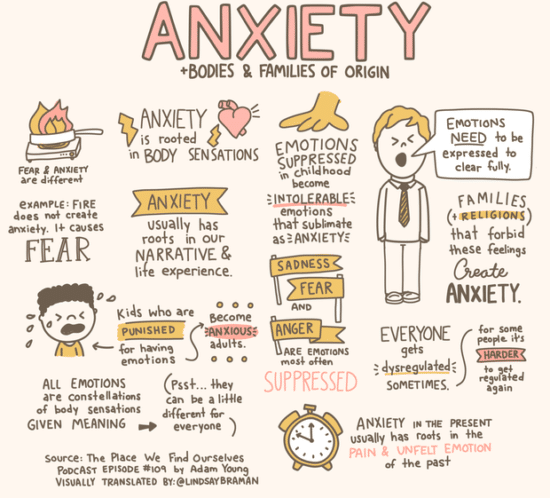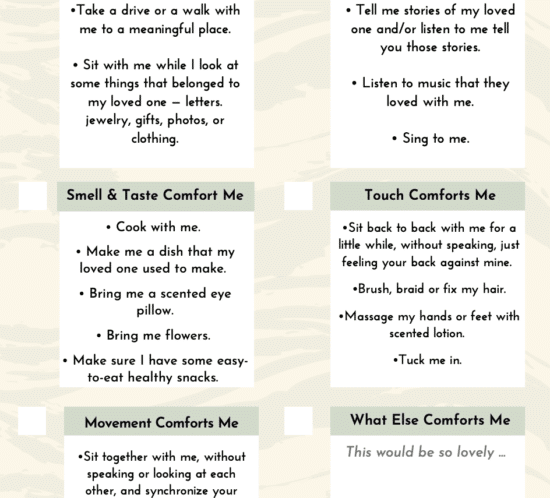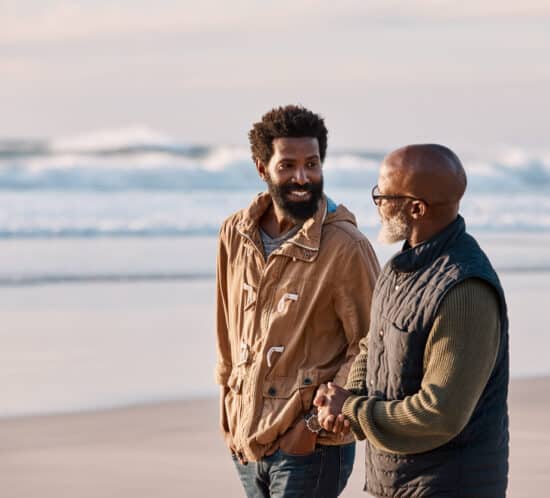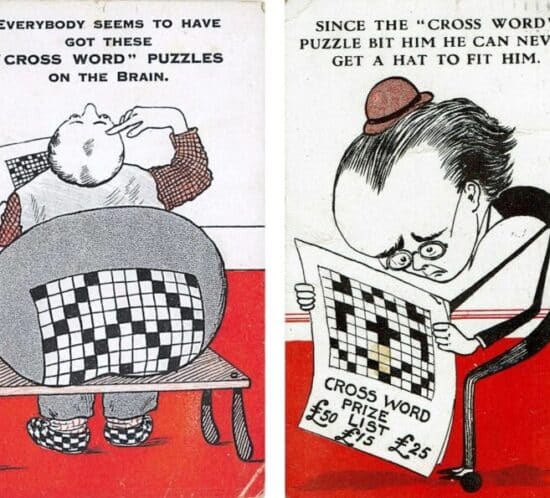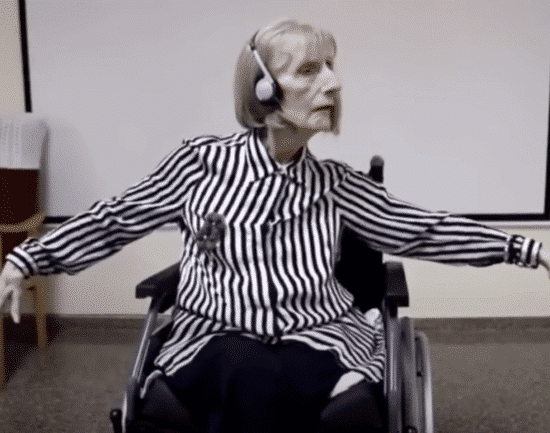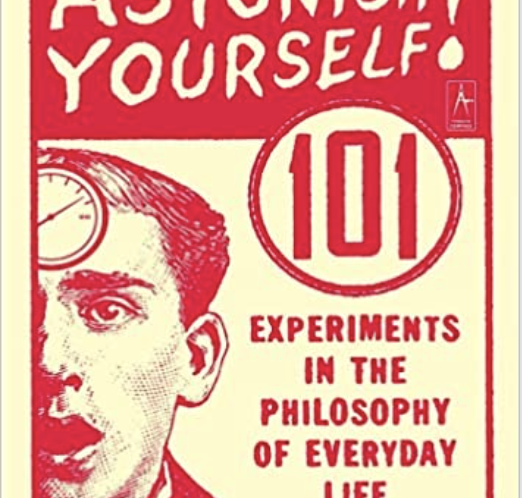If You’re a Pro, You Gotta Have a Pro
Spring training has been completed for the year and we’re looking forward to having the space over the summer months to develop tools for those in the fields we serve — end-of-life doulas, social workers, chaplains and clergy members, staff in healthcare hospitality homes. Our tools also support the work of compassionate citizens, inspired by what they have seen and gone through during the pandemic to make the end of life experience one that brings families closer together, makes it more possible to find meaning in the midst of suffering, and eases the capacity for listening and sharing values. We love working in experience research and design with our clients and invite you to contact us with what you want to accomplish with your services.
Our niche is a very specific one — researching existing patient, family, and staff experiences and designing services and methods for those focused on families and groups … in all their myriad dynamics. Fellow creators have also brought their creative gifts to the support of their colleagues’ work.
Today, I’m going to feature one such creator I’ve admired from afar — and who I’d think you’d be glad to also consider as a resource.
Lindsay Braman is both a therapist and an illustrator who, through some stroke of insight, decided to combine their seemingly disparate interests and gifts to become a “visual translator.” (Imagine being both a closet doodler and a therapist and at last recognizing that the two didn’t have to be separate!)
Braman creates delightful explanatory graphics about psychological concepts for colleagues in therapy, social work, and counseling using winsome cartoons, doodles, diagrams, and a spare use of language.
Take the example of Braman’s image we feature here:
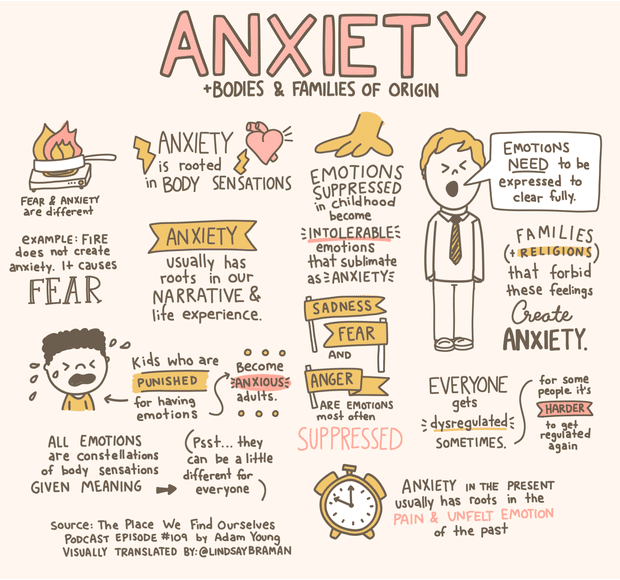
One senses that Braman is a visual note taker who learns through spatial relationships more than through an overabundance of language. They translate their professional learnings, whether through readings, professional workshops, or even podcasts (as in the example below), into these notes. Many of us —and our patients, clients, and family members, too — are also visual learners, and becoming increasingly so in this social media era. Very likely, more conceptual material stands to benefit from this sort of high-quality translation (much more than a saccharine meme), into a visual progression of thought and thinking, using space as one of the media to make key distinctions in ways that conventionally thickly printed language cannot.
You have to judge for yourself whether Braman’s understanding and representation of the concepts is faithful to the original, since it is at least one level removed from its source. (I have the sense, though, that Braman would be open to the dialogue.)
While the illustration above describes the formation of anxiety out of suppressed emotions and its bodily correlates, here’s a contrasting one that functions as a living worksheet:
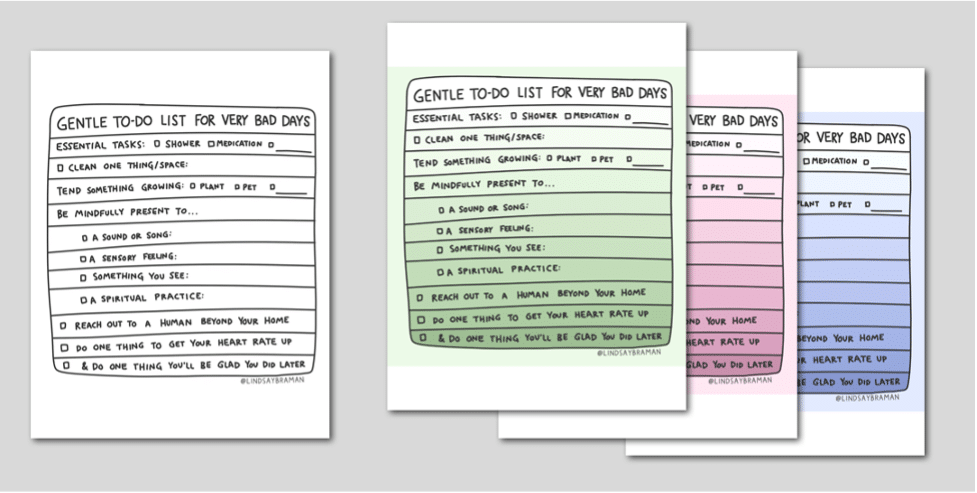
If you join Braman’s Patreon for $5/month (which I did a couple of months ago to support their work), you gain access to truly constructive tools that illustrate many of the concepts you’re trying either to understand yourself or to teach your clients. Several of these, like the ones above, are worksheets that you can print and use. They will create delight as well as some mental structure around moments of healing.
Even richer than that, perhaps, Braman’s example can open your own mind about what sorts of both joy and utility you can create, simply by letting your own gifts out of the closet and using them in your work, in recognizing that, if a therapist/doodler can connect two passions, so can you.
Check here for the next THE HUMAN JOURNEY (THJ) Certified Conductor Training that will be available to the public. We’re also offering tailored in-house trainings for institutions.
Your own “journey” professionally will also benefit from your growth as a THJ Conductor in our training. Consider this: If you know you are good with individuals but have never facilitated groups, or if you have an soulful dimension that you’d love to be able to open up in your work with patients and clients, training with us has these professional development benefits that come along with the territory of learning to conduct THE HUMAN JOURNEY Experience.
And wouldn’t it be splendid to experience your professional development as something even more than a tool, but a way that opens your heart as it speaks to theirs?
Related Posts
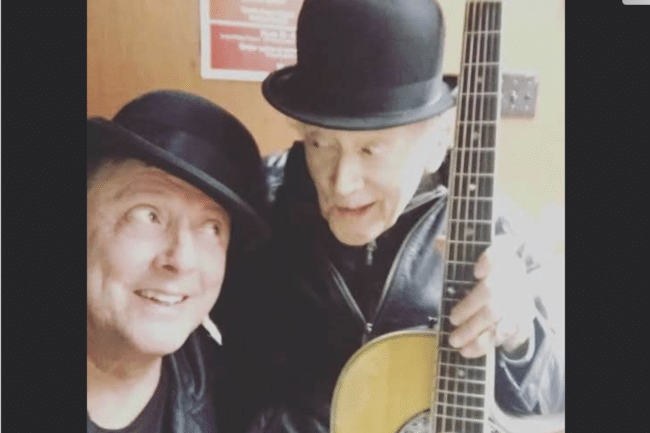
The Incredible Will to Sing
The will to make it to a loved one’s graduation or wedding, or to the birth of a new baby, somehow compels the body to obey the will. Stu Klitsner was going to sing at his only granddaughter’s wedding, come hell or high water.
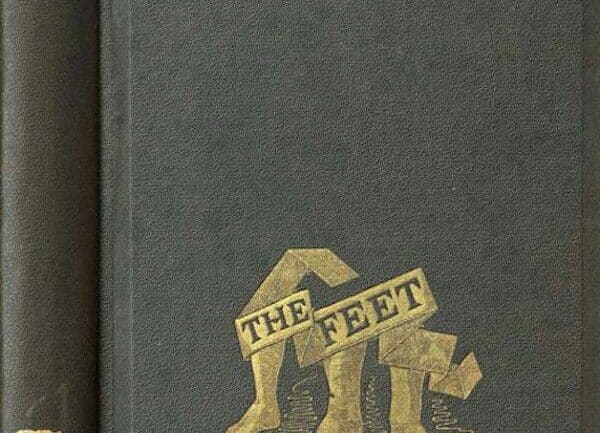
The Chaplain’s Feet
Chaplains exercise their humanness with every patient or family member they meet. What are the parallels between the kind of presence chaplains bring in the spiritual realm and that of the dancer who sees her choreography and performance as a kind of chaplaincy?

Whacking a Gun
At the 2023 Parliament of the World’s Religions, blacksmiths from RAWTools demonstrated how they took guns that had been surrendered from a variety of sources and re-formed them into garden hand tools, making literal their mission and message of anti-violence. The organization takes literally the passage from the Book of Isaiah to “beat their swords into plowshares and their spears into pruning hooks.”
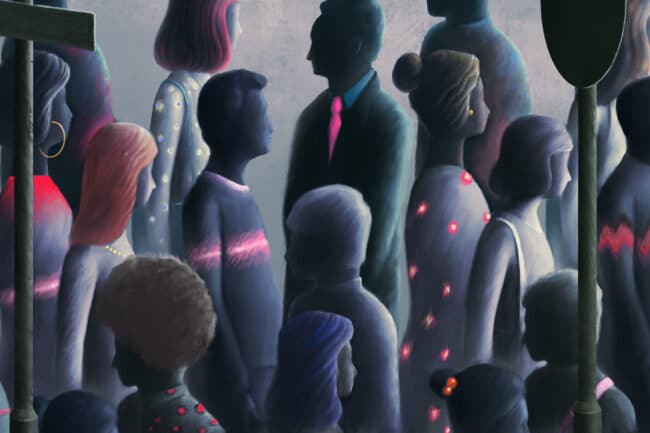
A Vaccine for Loneliness?
Public health has gotten bigger and bigger in recent decades. What was only thought of in the past as individual choices, like drug addiction, gun violence, or smoking crossed over to be thought of by many as social issues and, eventually, as matters of public health. With the Surgeon General’s report that came out in May, 2023, loneliness and isolation may assume their place alongside them as social epidemics.

Grief on the Comedy Stage
Is it in supremely bad taste, or potentially healing in a social setting, to use death and dying as material on the American comedy stage? The post-pandemic fad of comedy shows that deal with what have been taboo topics is currently walking that line.
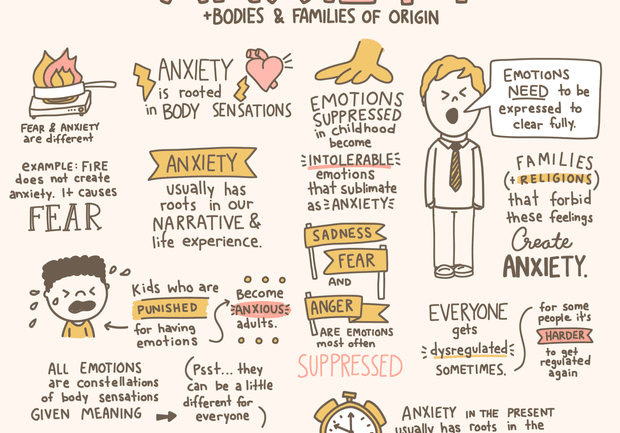
If You’re a Pro, You Gotta Have a Pro
Lindsay Braman’s example can open your mind about what sorts of both joy and utility you can create, simply by letting your own gifts out of the closet and using them in your work, in recognizing that, if a therapist/doodler can connect two passions, so can you.

